The green alternative to water softening: our water conditioners – unlike softeners – are powered by chemistry, not chemicals.
Powered by catalytic technology
THE GREEN ALTERNATIVE TO WATER SOFTENING
Water softening uses chemicals,
we use chemistry
Salt based softeners physically remove a percentage of calcium and magnesium from the water by utilising an ion exchange system. They treat water and prevent scale, but by use of chemicals – and only if operating & maintained properly. Our water conditioners – unlike softeners – are powered by chemistry, not chemicals. The chemical composition of limescale (calcium carbonate) can change state, just as water can change to ice or steam. Calcium is still present in the water; it is just in a different form or state and can no longer stick to pipes or surfaces.
The calcium carbonate crystals, in 'calcite' form, adhere to one another and to surfaces due to their composition and shape - forming limescale deposits.
The calcium carbonate is still present, but as a more stable / permanent aragonite CaCO3 crystal, which flows through the system without depositing as scale.
The calcium carbonate crystals, in 'calcite' form, adhere to one another and to surfaces due to their composition and shape - forming limescale deposits.
The calcium carbonate is still present, but as a more stable / permanent aragonite CaCO3 crystal, which flows through the system without depositing as scale.
The calcium carbonate crystals, in 'calcite' form, adhere to one another and to surfaces due to their composition and shape - forming limescale deposits.
The calcium carbonate is still present, but as a more stable / permanent aragonite CaCO3 crystal, which flows through the system without depositing as scale.
The difference is clear
Treated water stays treated. Results published by Dublin Universitry show, that stored water following catalytic treatment using Fluid Dynamics’ conditioners, the colloidal calcium carbonate crystal remained in its treated form for the entire test period of 3 months – compared to standalone magnetically treated water which will collapse after 24-48 hours.
Nothing added or removed. Water’s healthy natural minerals – such as calcium and magnesium – are retained, no chemicals are added and there’s no noticeable difference in pH readings of the water after our conditioner.
Can remove existing limescale. Catalytic treated water has a much greater capacity for absorbing calcium and bicarbonate and in many cases, any pre-existing scale is gradually broken down and absorbed.
Powerfully versatile. Catalytic technology is suitable for around 90% of the world’s potable water, but where the alloy can become fouled with iron or water is supersaturated with minerals, there’s our dual treatment: MAGCAT. It works on the same principle as catalytic technology but incorporates a permanent magnetic array around the alloy to increase the power of conditioning in the water as it flows through the treatment chamber.
The green alternative to water softening
Water softening
Sodium intake, chloride discharge
Consumes energy & water
Consumables – salt
Not suitable for all drinking water due to sodium levels
Removes essential macro minerals
Flow interruption as regeneration is required
Environmental Pollutant
Requires annual maintenance
Has a large installation footprint – requires consideration for salt storage and regular delivery
High Capex outlay, additional piping/multiple tradesman as well ongoing maintenance and servicing
Water Conditioning
No salt required – no discharge
No energy consumption or waste water – green alternative
No consumables
Nothing is added or removed – we keep all the good stuff like calcium & magnesium
Healthier alternative – keeps calcium & magnesium in the water
No wasted water or flow interruption
Environmentally friendly method for scale prevention
No maintenance required
Small installation footprint and no storage requirements
Lower Capex and no ongoing running cost
Independently
proven & accredited
Join the revolution
Get in touch and find out how we can help you




